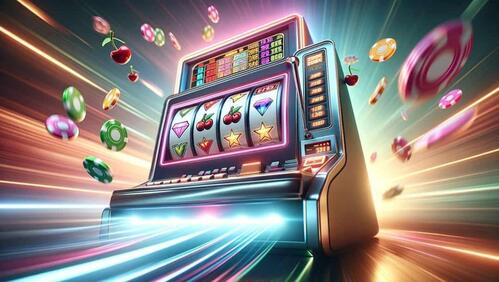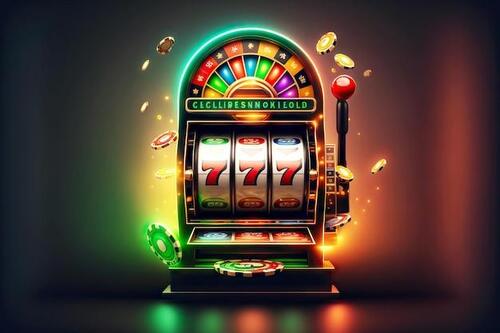Gambling is often seen as a game of chance and luck, but there is more to it than mere randomness. Statistics and probability calculations underpin everything from Casino Platin game odds to sports betting lines. By analyzing the numbers, we can gain insight into the real odds and make informed wagering decisions. This article will delve into the key statistics and figures that reveal the mathematical realities behind gambling.
House Edge for Major Casino Games
The house edge represents the mathematical advantage casinos hold over players in klarna kasino games of chance. It shows how much of each bet the house expects to keep over time. Here are the average house edges for major casino games:
| Game | House Edge |
| Blackjack | 0.5% if using perfect basic strategy |
| Baccarat | 1.06% on banker bets |
| Roulette | 5.26% in double zero wheels |
| Slots | 10% or higher depending on slot |
| Craps | 1.41% on pass/come/don’t pass/don’t come |
As we can see, the house advantage varies widely between games, with skill-based games like blackjack providing better odds for players.
Sports Betting Moneylines
Moneyline odds are used in sports betting to show the potential payouts for wins and losses without a point spread. They are expressed as numbers greater than 100 for favorites and less than 100 for underdogs. For example, odds of -200 for a team indicates an expected 66% chance of winning (implied probability), while +150 odds equate to a 40% win probability.
Let’s look at some key probabilities implied by other common moneyline numbers:
| -300 odds | 75% probability |
| -110 odds | 52.4% probability |
| +200 odds | 33.3% probability |
These examples show how moneyline odds can quantify a team’s chances of winning. Smart sports gamblers analyze the numbers to determine whether the oddsmakers have set lines that provide profitable betting opportunities against the probabilities.
Expected Value in Betting
Expected value (EV) represents how much a bet is mathematically expected to return on average over the long run. Positive EV means the bettor stands to make money, while negative EV means the wager is a losing proposition. EV is calculated by multiplying the probability of winning by the payout, minus the probability of losing multiplied by the amount wagered.
Here’s an example EV calculation on a -110 moneyline wager:
| Win Probability | 52.4% |
| Moneyline Odds | -110 |
| To Win $100, Must Bet | $110 |
| EV Calculation | (0.524 x 100) – (0.476 x 110) = -1.6 |
The slightly negative EV indicates this is not a profitable wager over many instances. However, the margins are often very slim in betting markets, allowing savvy bettors to find wagers with positive EV and gain an edge.
The Gambler’s Fallacy
Many gamblers succumb to problematic cognitive biases like chasing losses and the notorious “gambler’s fallacy”. This fallacy involves believing future outcomes are more likely to occur because they have not happened recently, e.g. betting on red at roulette because the last 10 spins landed on black.
Each roulette spin or dice roll has independent probability unaffected by past results, but the fallacy causes gamblers to think chance is self-correcting. This leads to poor expected value chasing bets. Learning statistics helps overcome such fallacies and biases.
Using Math to Your Advantage
While gambling odds always favor the house, a strong grasp of the key numbers and calculations can significantly cut into that mathematical edge. A 1-2% difference in EV is all it takes to flip losing bets into potential long-term profits. The statistics show true probabilities, exploitable margins and expected payouts for those willing to crunch the numbers.




